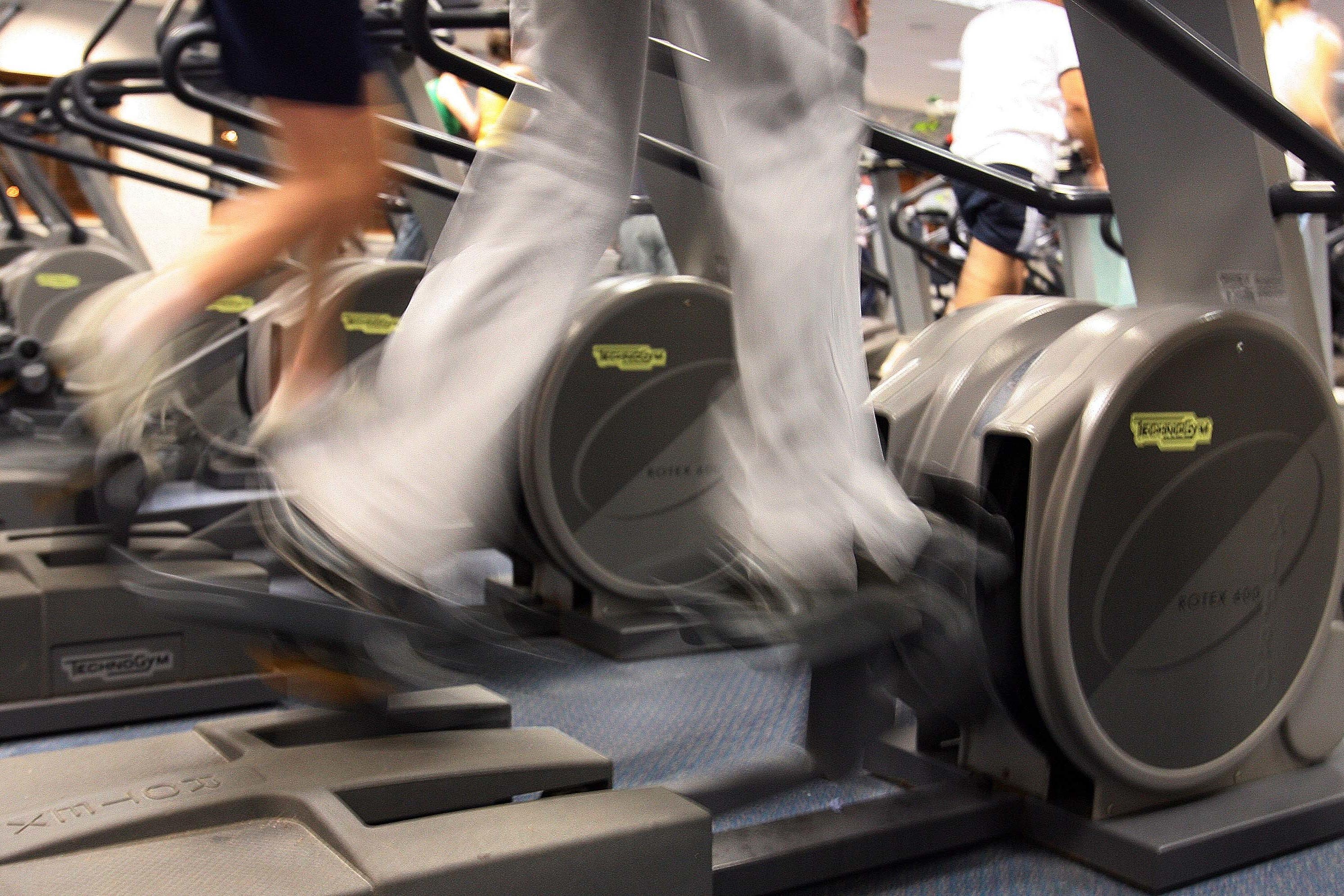People who are physically active may have higher pain tolerance – study
The findings raise hope that boosting activity could help treat chronic pain, researchers say.

Your support helps us to tell the story
From reproductive rights to climate change to Big Tech, The Independent is on the ground when the story is developing. Whether it's investigating the financials of Elon Musk's pro-Trump PAC or producing our latest documentary, 'The A Word', which shines a light on the American women fighting for reproductive rights, we know how important it is to parse out the facts from the messaging.
At such a critical moment in US history, we need reporters on the ground. Your donation allows us to keep sending journalists to speak to both sides of the story.
The Independent is trusted by Americans across the entire political spectrum. And unlike many other quality news outlets, we choose not to lock Americans out of our reporting and analysis with paywalls. We believe quality journalism should be available to everyone, paid for by those who can afford it.
Your support makes all the difference.People who are physically active may have a higher pain tolerance than their sedentary counterparts, research suggests.
Scientists in Norway looked at data from more than 10,000 adults who were part of the Tromso study – the country’s most comprehensive population study.
They found that participants with higher total physical activity levels also reported a higher pain tolerance.
The researchers said their findings, published in the journal Plos One, raise hope that boosting activity could help treat chronic pain.
The most important take-home message is that any activity is better than being completely sedentary
Study author Anders Arnes, from the University Hospital of North Norway, said: “We are investigating this because some other studies point towards our ability to process pain signals as a possible contributing reason to chronic pain, as that often is seen to behave differently in those with chronic pain to those without.
“Since physical activity also appears to be a useful tool for preventing and treating chronic pain, we are trying to figure out whether this effect on pain sensitivity tolerance be one of the mechanisms through which physical activity protects against chronic pain.”
For the study, the researchers analysed data from two rounds of the Tromso study: one conducted from 2007 to 2008, and the other from 2015 to 2016.
This included participants’ self-reported levels of physical activity and their levels of pain tolerance, which were measured in a test involving submerging their hand in cold water.
Findings showed that those who reported being physically active in either round of the study had higher pain tolerance than those who reported a sedentary lifestyle in both rounds.
The researchers also found those who had higher activity in 2015/2016 than in 2007/2008 had a higher overall level of pain tolerance.
They said the findings suggest that remaining physically active, becoming active, or boosting activity are linked to higher pain tolerance.
Mr Arnes said: “The main takeaway is that engaging in habitual physical activity in your leisure time seems to be connected with your pain tolerance – the more active you are, the higher your tolerance is likely to be.
These results apply across the population in general, and not just in small, highly selected groups
“So the most important take-home message is that any activity is better than being completely sedentary.
“Secondly, there were indications that both total amount of physical activity over time, as well as the direction of change in activity level over time, matters to how high your pain tolerance is.”
He added: “These results apply across the population in general, and not just in small, highly selected groups.
“They were also independent of chronic pain or whether participants were men or women, which was somewhat surprising to us.”